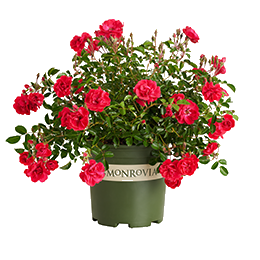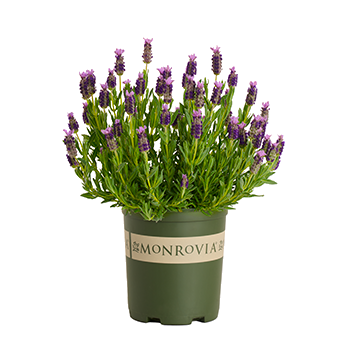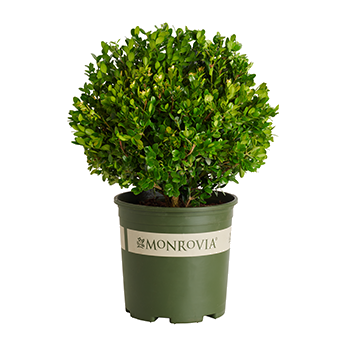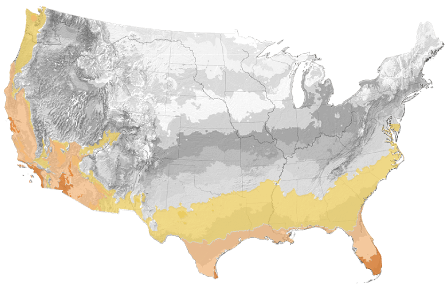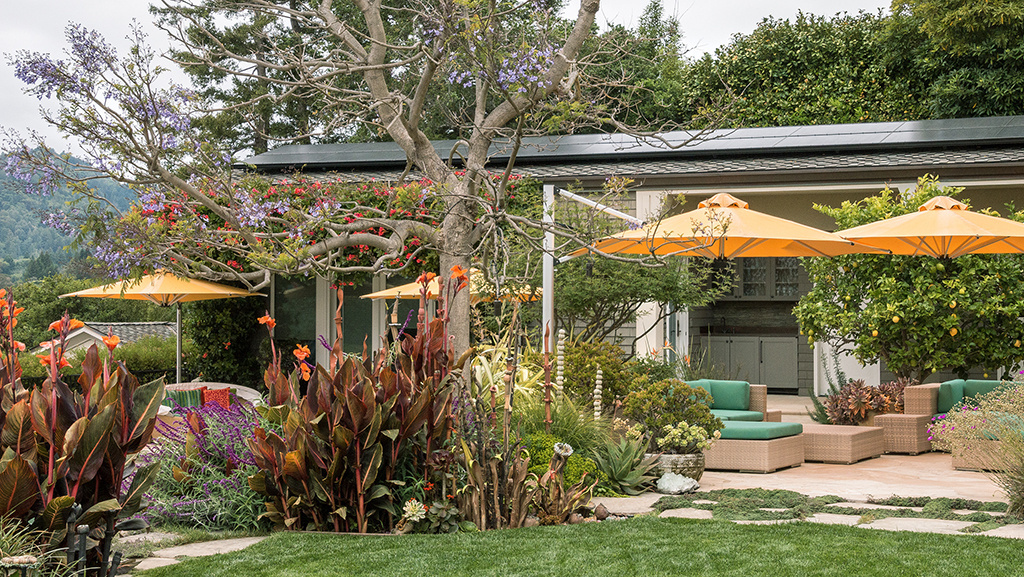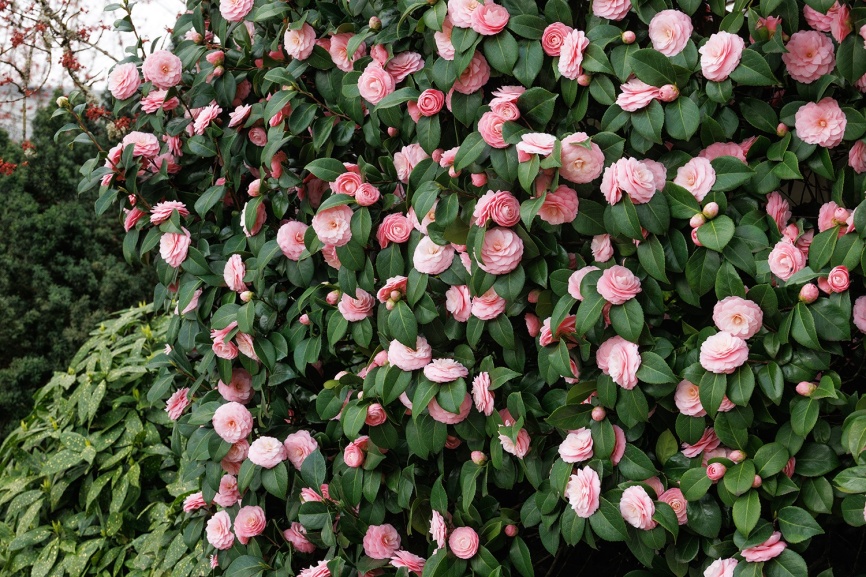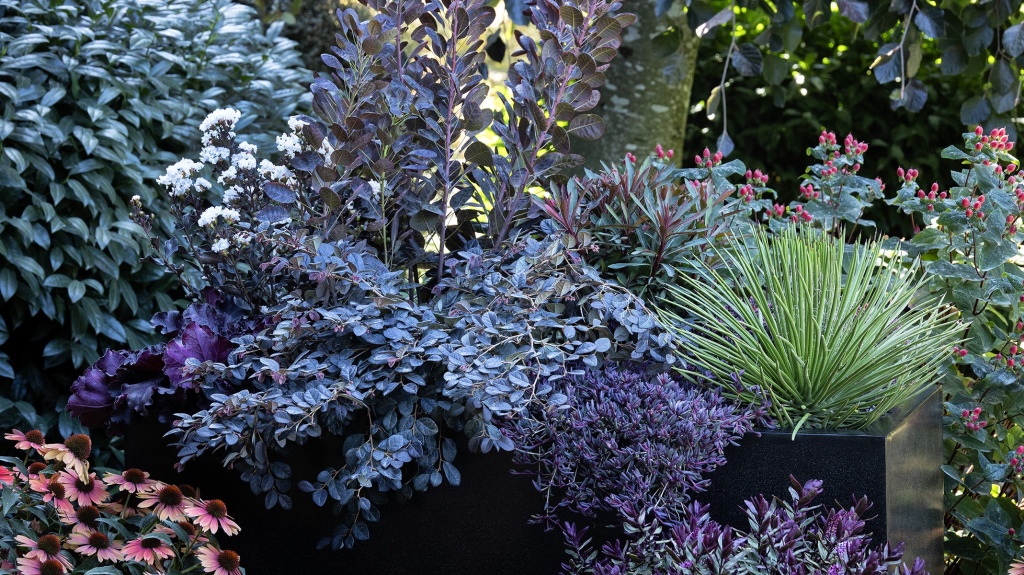You're growing in this Zip Code:
Change LocationDiscover Plants for Your Area
Atlas Mountain Palm
Chamaerops humilis var. cerifera
Retailers Near You
| Description | Attractive, versatile palm with distinctly silver-blue foliage! Large fronds make a bold statement in the landscape. Robust and adaptable to extremes in both temperature and soil moisture. Clump forming. Creamy yellow blooms hang from long inflorescence in summer. Silver-blue coloration increases with age and is at its best in full sun. Evergreen. |
|---|---|
| Bloom Time | Inconspicuous; prized for foliage. |
| Deciduous/Evergreen | Evergreen |
| Special Features | Waterwise |
| Problems/Solutions | Deer Resistant, Drought Tolerant |
| Growth Rate | Slow |
| Landscape Use | Barrier, Poolside, Privacy Screen |
| Flower Color | Yellow |
| Foliage Color | Blue-green |
| Companion Plants | Bird of Paradise (Strelitzia); Canna (Canna); Hibiscus (Hibiscus); Jatropha (Jatropha); Plumbago (Plumbago) |
| Care Instructions | Provide average to lean, sandy or rocky, well-drained soils. Water deeply, regularly during the first growing season to establish an extensive root system. Once established, reduce frequency; prefers regular moisture, but tolerates periodic drought, particularly in coastal regions. Feed in early spring before new growth emerges. |
| Description | Attractive, versatile palm with distinctly silver-blue foliage! Large fronds make a bold statement in the landscape. Robust and adaptable to extremes in both temperature and soil moisture. Clump forming. Creamy yellow blooms hang from long inflorescence in summer. Silver-blue coloration increases with age and is at its best in full sun. Evergreen. |
|---|---|
| Bloom Time | Inconspicuous; prized for foliage. |
| Deciduous/Evergreen | Evergreen |
| Special Features | Waterwise |
| Problems/Solutions | Deer Resistant, Drought Tolerant |
| Growth Rate | Slow |
| Landscape Use | Barrier, Poolside, Privacy Screen |
|---|---|
| Flower Color | Yellow |
| Foliage Color | Blue-green |
| Companion Plants | Bird of Paradise (Strelitzia); Canna (Canna); Hibiscus (Hibiscus); Jatropha (Jatropha); Plumbago (Plumbago) |
| Care Instructions | Provide average to lean, sandy or rocky, well-drained soils. Water deeply, regularly during the first growing season to establish an extensive root system. Once established, reduce frequency; prefers regular moisture, but tolerates periodic drought, particularly in coastal regions. Feed in early spring before new growth emerges. |
|---|
Retailers Near You
About Us
We have been pioneers and craftsmen in the art of growing plants for 100 years. Since our founding in Southern California by Harry E. Rosedale, Sr. in 1926, we have been absolutely dedicated and obsessed with quality.
We have been pioneers and craftsmen in the art of growing plants for nearly 100 years. Since our founding in Southern California by Harry E. Rosedale, Sr. in 1926, we have been absolutely dedicated and obsessed with quality.

